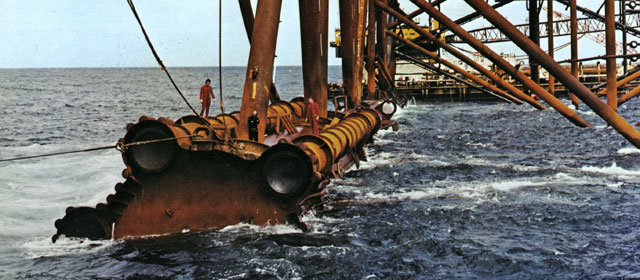Story summary
What happens on the sea floor?
The sea floor around New Zealand is a rough place. There are strong storms, tides, ocean swells and frequent earthquakes. The sand or gravel can be stirred up and move like waves over long distances. Sometimes there are underwater avalanches and landslides.
Underwater cables
In 1866 the first underwater telegraph cable was laid across Cook Strait, connecting the North and South islands. Conditions were so rough that the cable lasted only a few months. It was not until the 1920s that a reliable cable could be laid.
Electricity cables were put down in 1964. Although they were well protected, they were soon damaged. To avoid the hazards of Cook Strait, in 2000 a new fibre-optics telecommunications cable was laid on a new route on the sea floor between Levin and Nelson.
Cables also connect New Zealand with the rest of the world. These must be placed to avoid the volcanic vents, rocky ridges and deep chasms that lie underneath the open ocean.
Drilling for gas and oil
In 1969 one of the world’s largest gas fields was discovered off the west coast of the North Island. Holes were drilled in the sea floor to find out how much gas and oil were underneath, and two platforms were built to mine these resources.
When the supplies have run out, deeper gas fields will have to be mined. The technology doesn’t yet exist to do this.
Engineering on the coast
The main coastal structures built in New Zealand are:
- breakwaters, which protect harbours from stormy seas
- reclaimed land, where rocks are dumped in shallow water, creating extra land such as in downtown Wellington
- pipelines, which carry sewage out to sea.
The environment
All engineering on the sea floor affects the local environment. In New Zealand the Resource Management Act 1991 restricts any works which may damage the seabed or shoreline.





